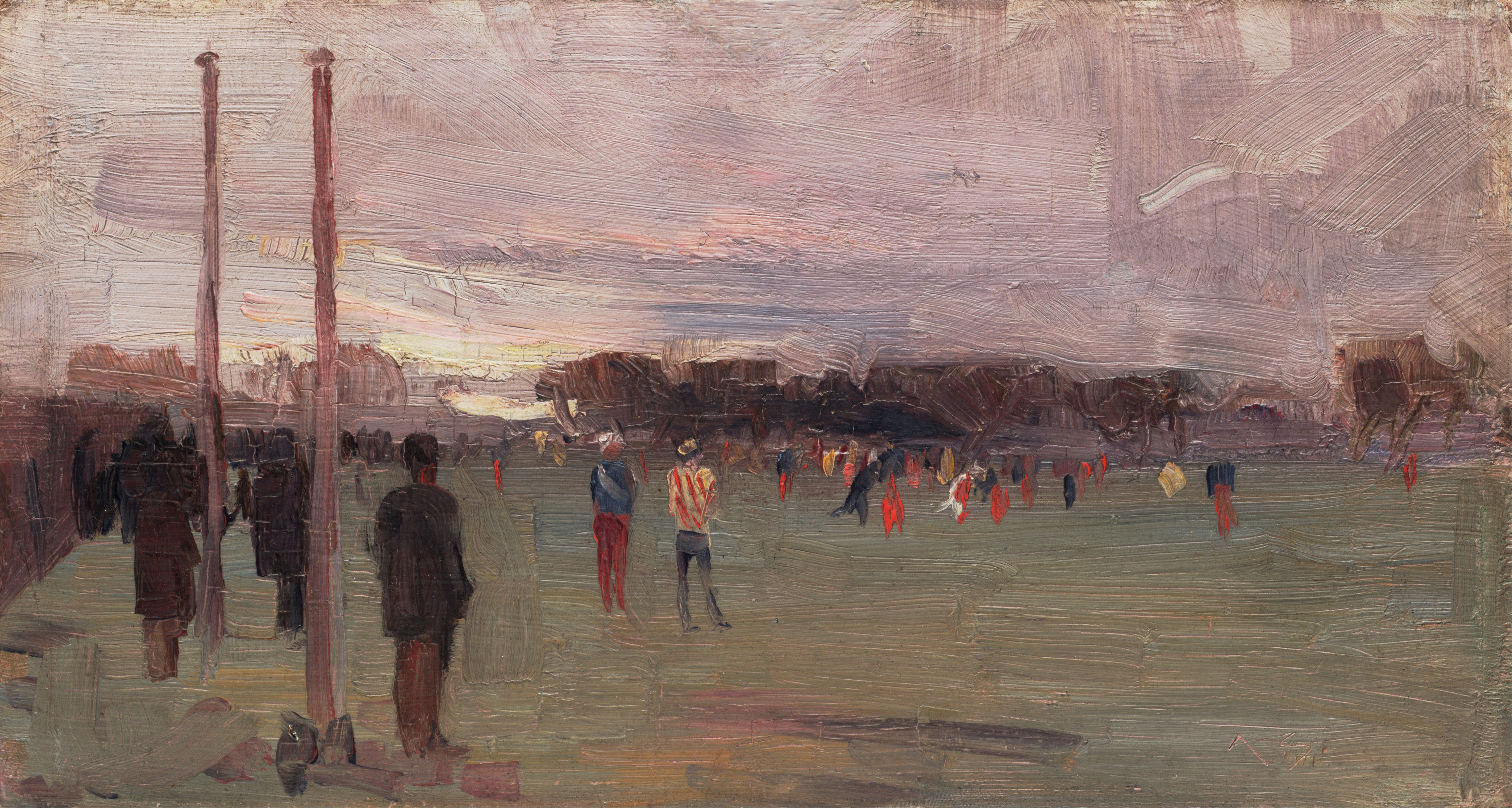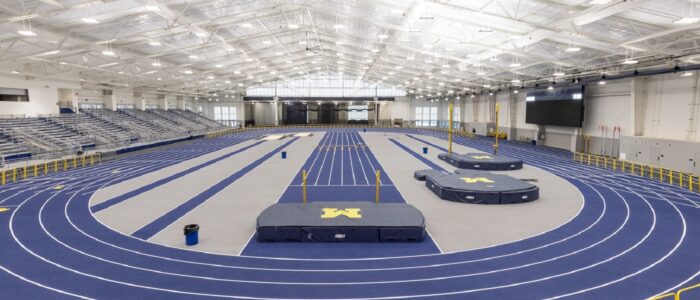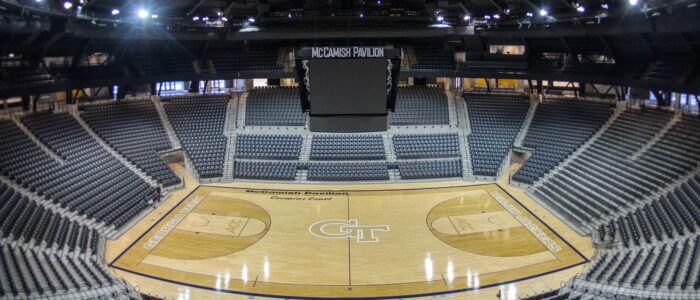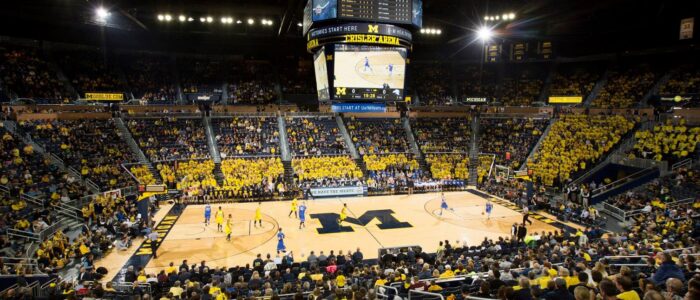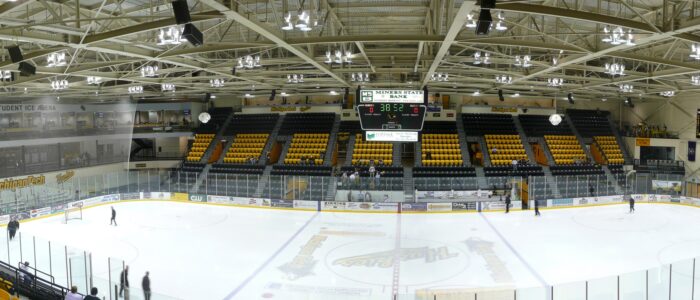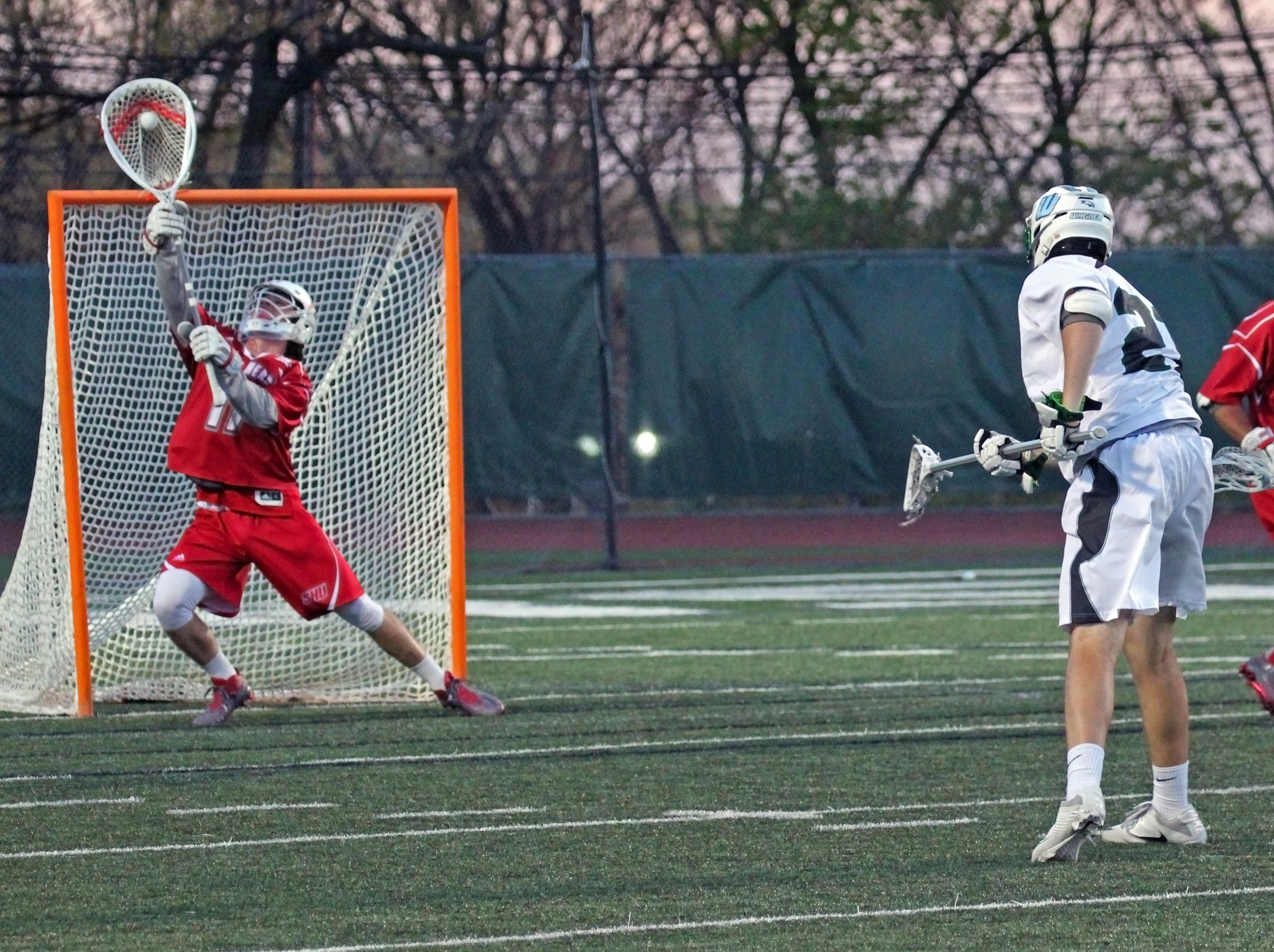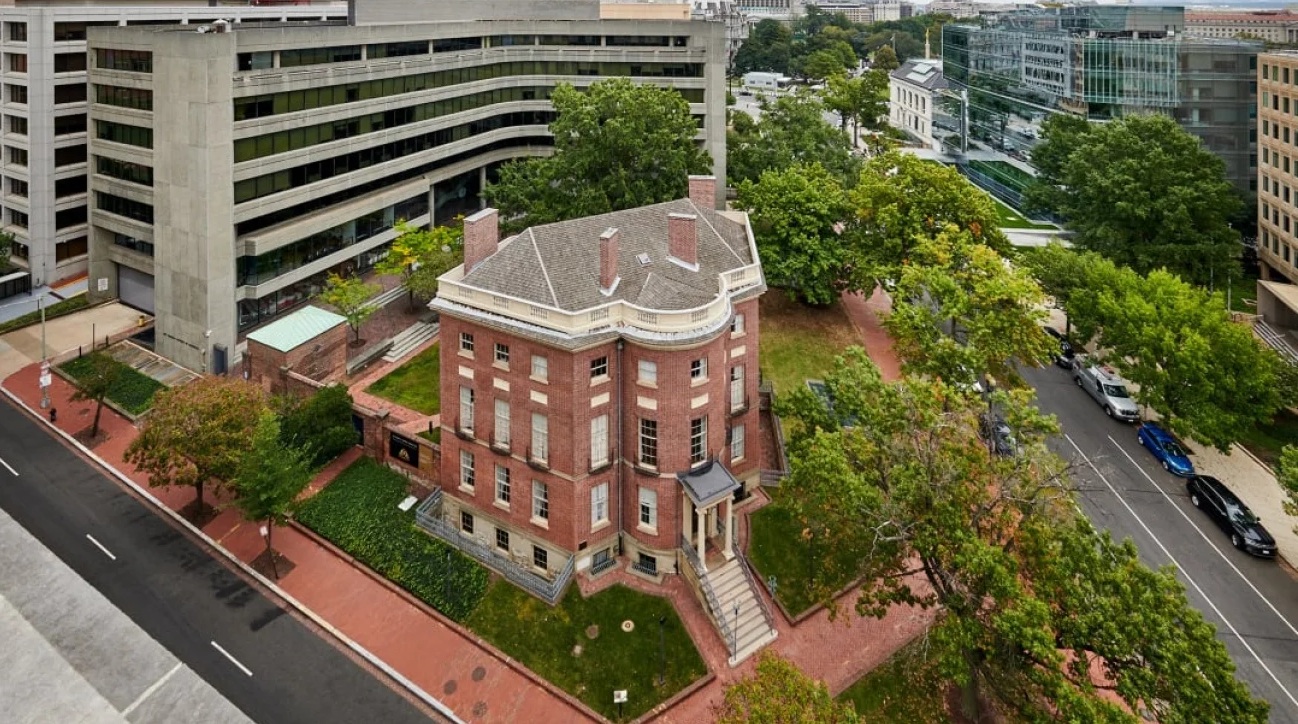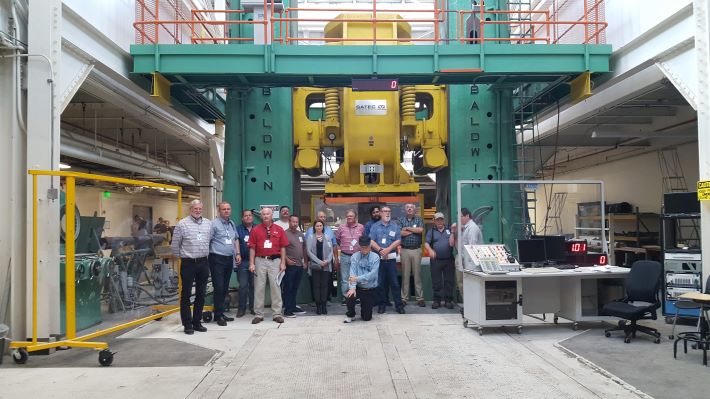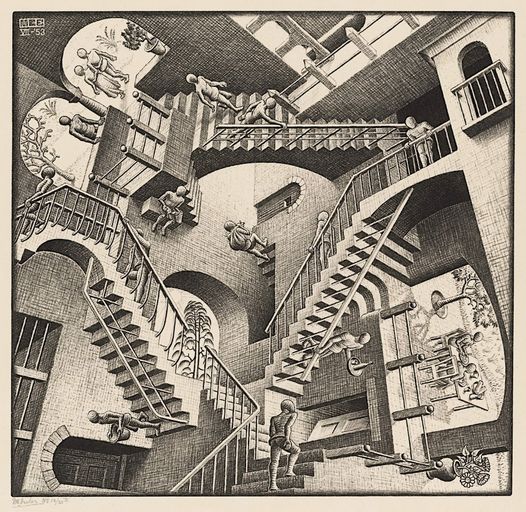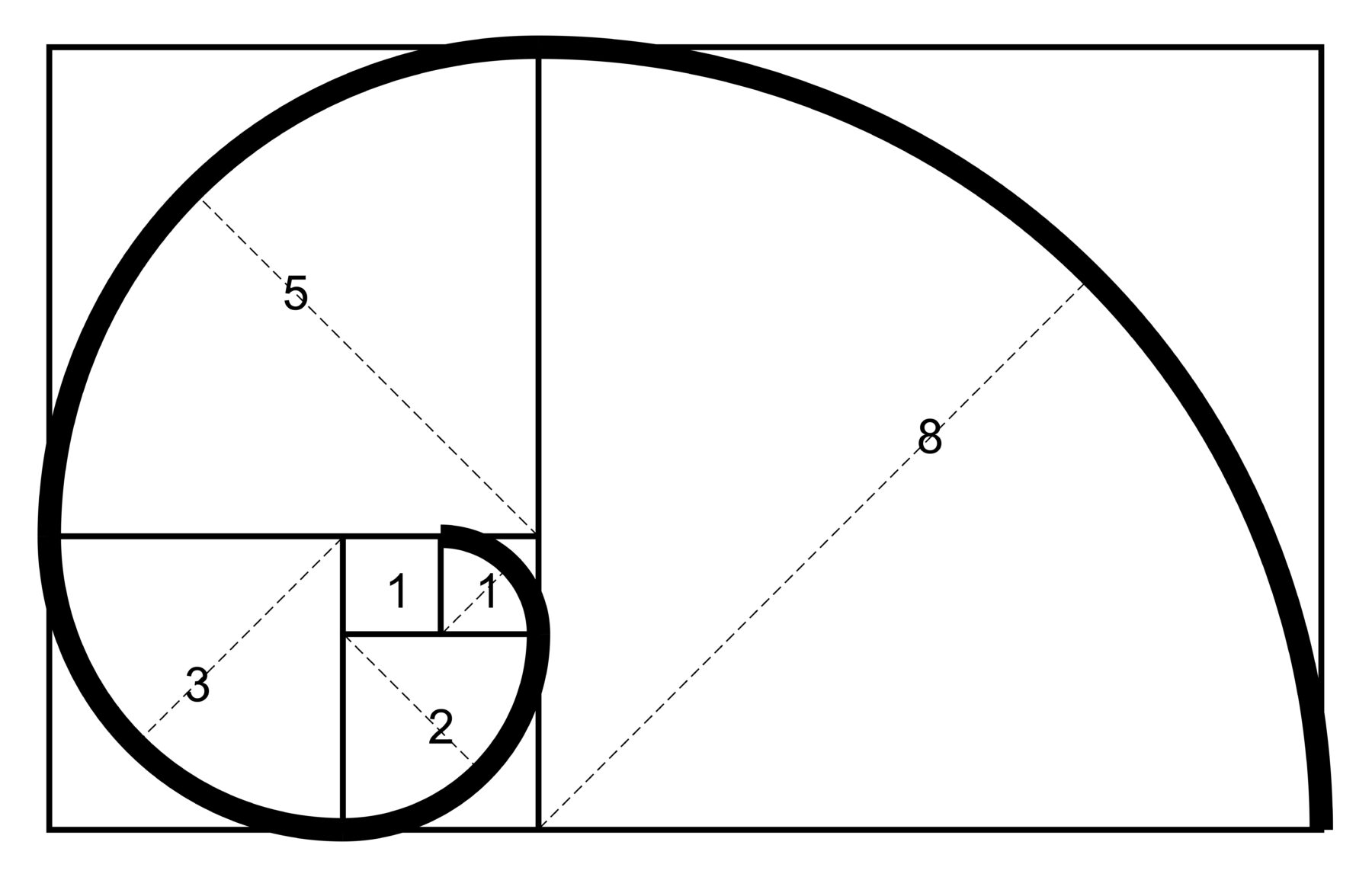Current Quick Takes:
UL 1650, Standard for Safety for Portable Power Cable (Page 75) | Comment deadline October 26
UL 763, Standard for Safety for Motor-Operated Commercial Food Preparing Machines (Page 81) | Comment deadline October 19
UL 218, Standard for Fire Pump Controllers (Page 78) | October 19
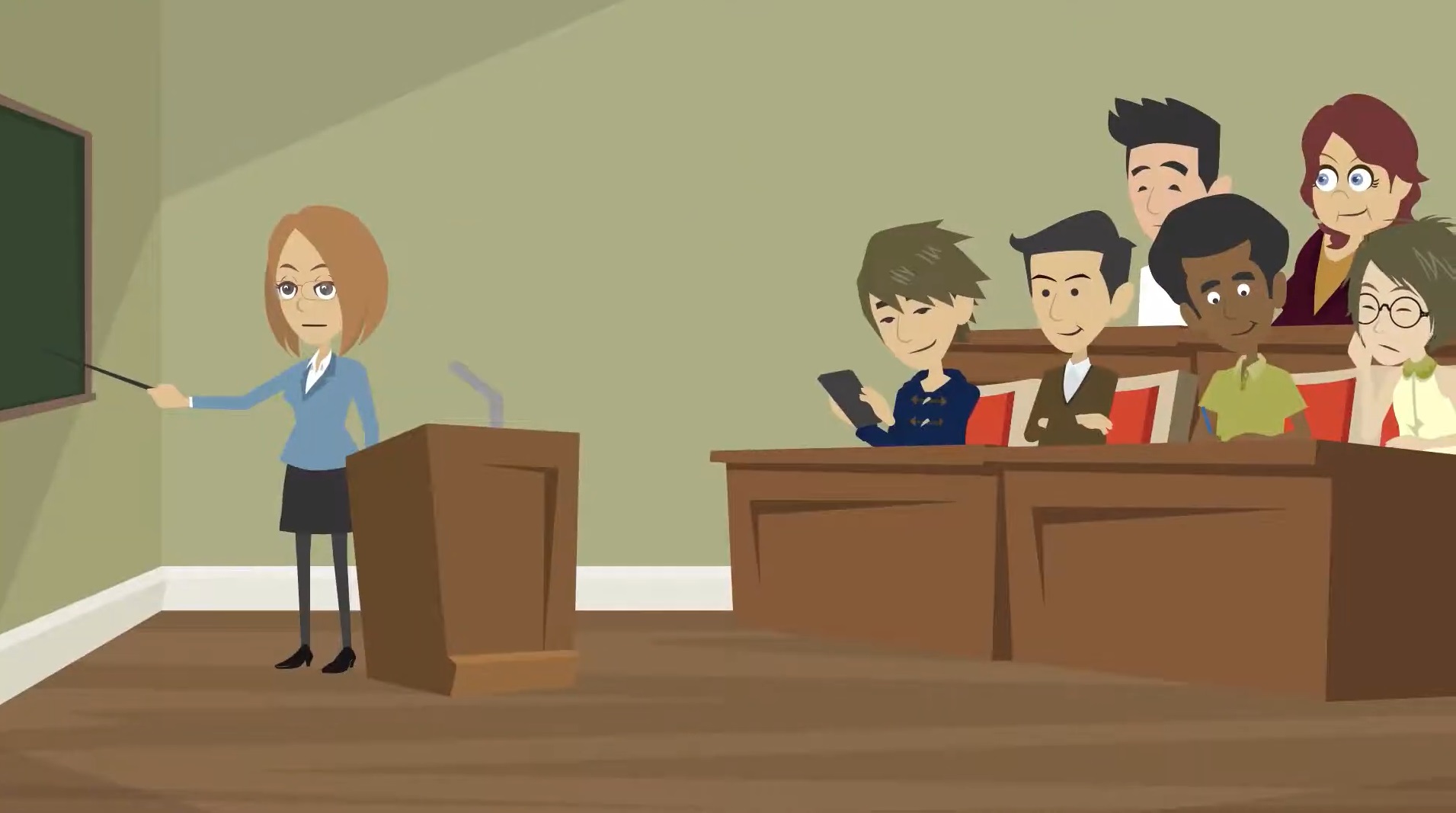
UL’s Collaborative Standards Development System Login

Underwriters Laboratories catalog is heavy on product titles (because manufacturers can build the cost of conformance into the product and pass it on to the user) and light on system interoperability titles (our primary concern). Many titles are US adaptations of IEC, ITU and ISO titles. We follow a few when they are heavily referenced into the same interoperability titles such as the National Electrical Code and the International Building Code. We refer most — but not all — electrotechnology titles to IEEE E&H). IEEE E&H meets 4 times monthly and is open to everyone.
Non-electrotechnology titles):
3600 Standard for Measuring and Reporting Circular Economy Aspects of Products, Sites and Organizations (December 6)
Electrotechnology titles: Workspace re-organization should be complete by end of 2022
489 Standard for Molded-Case Circuit Breakers, Molded-Case Switches and Circuit-Breaker (January 16)
1778 Standard for Safety for Uninterruptible Power Systems (January 16)
2201 Standard for Safety for Carbon Monoxide (CO) Emission Rate of Portable Generators (December 19)
3600 Standard for Measuring and Reporting Circular Economy Aspects of Products, Sites and Organizations (December 6)
62990 Standard for Safety for Workplace Atmospheres (October 9)
– 217 Standard for Safety for Smoke Alarms (August 28)
– 1480 Standard for Safety for Speakers for Fire Alarm and Signaling Systems, Including Accessories (November 27)
– 231-202x, Standard for Safety for Power Outlets (September 25)
268 Standard for Safety for Smoke Detectors for Fire Alarm Systems (November 13)
– 283 Standard for Central-Station Alarm Services (May 10)
– 325 Standard for Safety for Door, Drapery, Gate, Louver, and Window Operators and Systems (October 3)
– 347A Standard for Safety for Medium Voltage Power Conversion Equipment (April 3)
1004-5 Standard for Safety for Fire Pump Motors (September 12)
– 1072 Standard for Safety for Medium-Voltage Power Cables (September 11)
1998 Standard for Safety for Software in Programmable Components (November 6)
– 2251 Standard for Safety for Plugs, Receptacles, and Couplers for Electric Vehicles (October 10)
– UL 2580 Standard for Safety for Batteries for Use in Electric Vehicles (April 24)
– Standard for Photovoltaic (PV) Modules – Type Approval, Design and Safety Qualification – Retesting (national adoption with modifications of IEC 62915). The revisions appear to be largely harmonization revisions; updating normative references. (March 20)
– 2800 Standard for Safety for Medical Device Interoperability. Referred to IEEE E&H (April 3)
– 347A Standard for Safety for Medium Voltage Power Conversion Equipment (April 3)
– 414 Standard for Safety for Meter Sockets (April 3)
– 347 Standard for Safety for Medium-Voltage AC Contactors, Controllers, and Control Centers (August 14)
– 1996 Standard for Safety for Electric Duct Heaters (August 21)
– 6142 Standard for Small Wind Turbine Systems (August 21)
– 8801 Standard for Safety for Photovoltaic (PV) Luminaire Systems (May 10)
– 61800 Standard for Safety for Adjustable Speed Electrical Power Drive Systems (April 24)
– 60950 Standard for Safety for Information Technology Equipment (May 9)
– 1480 Standard for Safety for Speakers for Fire Alarm and Signaling Systems, Including Accessories (July 26)
– 2200 Standard for Stationary Engine Generator Assemblies (June 19)
– 2388 Standard for Safety for Flexible Lighting Products (June 20)
2900 Standard for Safety for Software Cybersecurity for Network-Connectable Products (October 11)




